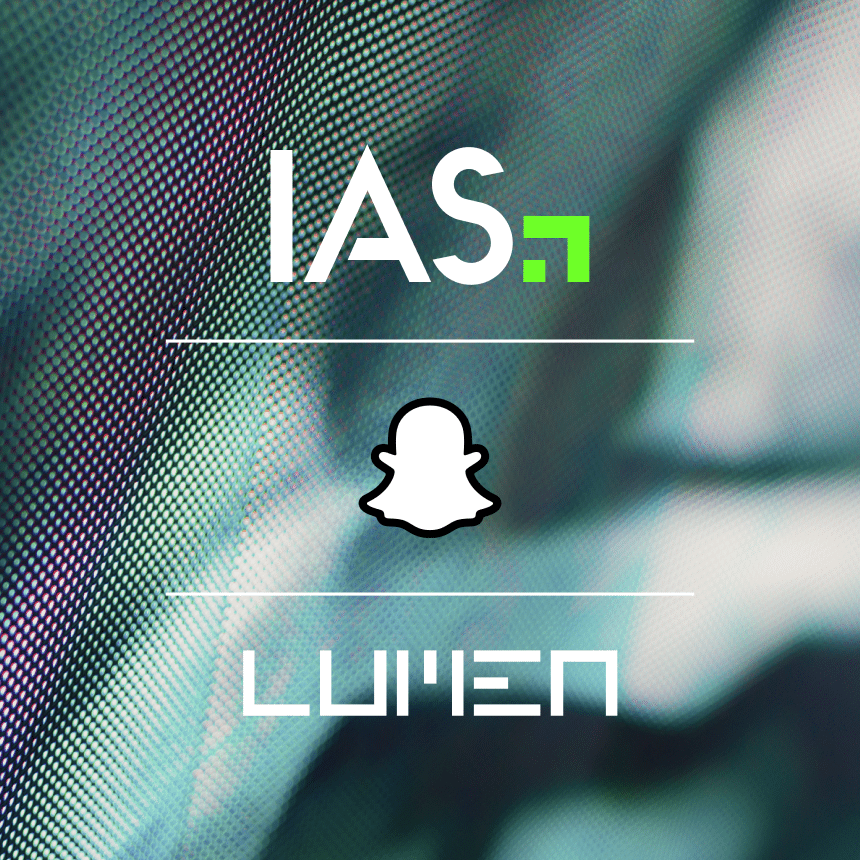In today’s environment of fake news and potentially offensive content, brand safety is increasingly a top concern for digital marketers. Innovations like social media platforms and programmatic advertising that have added efficiency and scale to digital marketing have also made it more difficult to control where your brand appears and what it appears next to.These concerns are amplified in social environments where consumers, rather than publishers, are often in the driver’s seat.
A new kind of brand safety risk
Social platforms derive much of their audience from content generated for and by their users and the conversations those users engage in. Advertising on social platforms doesn’t sit on an article page surrounded by content that has been honed and curated by editors. Instead, it sits within the public arena, amid the conversations and content shared by users. That content could be something as benign as a cute cat pics or as controversial as a caustic political debate.
Platforms like YouTube, which thrive on a wide range of professional and user-generated content, are especially susceptible to this new flavor of brand safety risk. YouTube users upload roughly 400 hours of content every minute. Such a deluge of content makes it difficult for brands to control where their content appears. Ads for a wholesome CPG brand could easily appear on a viral video of a cherished family pet, or a violent video featuring Spider-Man and Princess Elsa (of Disney’s Frozen fame) locked in a brutal machine gun battle. Thousands of such bizarre videos were recently spun up by enterprising YouTube growth hackers looking to monetize views from children. For a time it worked: videos from just one such channel collected at least five figures’ worth of annual revenue from unsuspecting advertisers.
Why is brand risk prevalent on social?
Advertisers, once keen to avoid the unpredictable world of user-generated content, have increasingly been drawn to the unique advertising opportunities that social platforms provide. In the MySpace era, advertisers took only tentative steps to engage on social platforms; but in the age of YouTube and Facebook, social occupies huge slices of marketers’ digital budgets.
This growth can be seen as a byproduct of the professionalization of digital content. Social platforms are now the home of content produced by leading media companies and broadcast networks along with a fast-growing class of independent professional creators whose work has far more polish than the webcam videos of a decade ago. Though social content continues to be professionalized by career content creators, even this content is potentially risky. A video about recreational drug use, for instance, is dangerous for most brands regardless of whether it’s on the open web or a social platform.
The platforms themselves can also contribute to brand safety challenges. The opacity of walled gardens makes it difficult for marketers control, or even see, what type of content surrounds their ad placements. In an environment of limited information, marketers are forced to make a choice between reaching a wide and easily scalable audience and the danger of placing their brand in proximity to content that could cause a public relations disaster.
How should marketers respond?
The challenges associated with social advertising — in particular, the lack of transparency offered by platforms — has been called out by industry leaders like P&G Global Brand Officer Marc Pritchard and WPP Chief Executive Sir Martin Sorrell. When the leaders of a global family of CPG brands and one of the world’s largest agency holding groups identify a problem, it’s clear that the industry needs to respond. But what should the collective response look like?
A handful of initiatives are currently underway to give marketers a window into the walled gardens and provide greater clarity and transparency around user-generated content. One such initiative is a groundbreaking integration between Google and IAS that will provide scalable third-party brand safety reporting from within the YouTube platform. The integration, which was announced by Google via its Inside Adwords blog on Tuesday, is currently in beta. When it fully launches in the coming months it will offer advertisers a chance to better understand the content that their campaigns ran against and to make informed choices about YouTube spend.
The future
Of course, transparency is only the beginning. Initiatives launching throughout 2018 will ensure customizable brand safety capabilities exist within the major social platforms. Future enhancements may include the ability to block advertising in real time from showing up next to content deemed inappropriate by a brand.
Trust in social media has sustained a few critical hits over the course of the last year. A call within the advertising industry for greater transparency was matched by a wider public outcry over fake news. A recent Kantar study shows that trust in social media as an information source sits at just 37% in the U.S. To recover trust, social platforms can turn to third-party verification partners who can offer an objective and neutral view of the media quality performance within their closed environments. Advertisers, in turn, can leverage these third-parties to ensure their investment in these platforms is effectively reaching consumers and driving them to take the desired action.
To learn about our verification of platforms like YouTube, Facebook, and Twitter, visit our social capabilities page.
 Share on LinkedIn
Share on LinkedIn Share on X
Share on X


